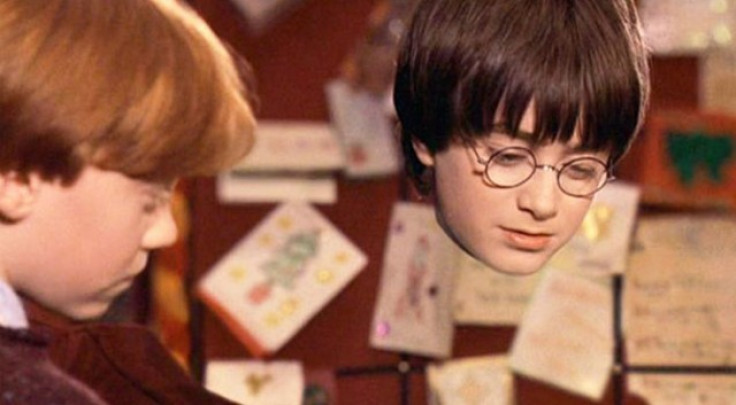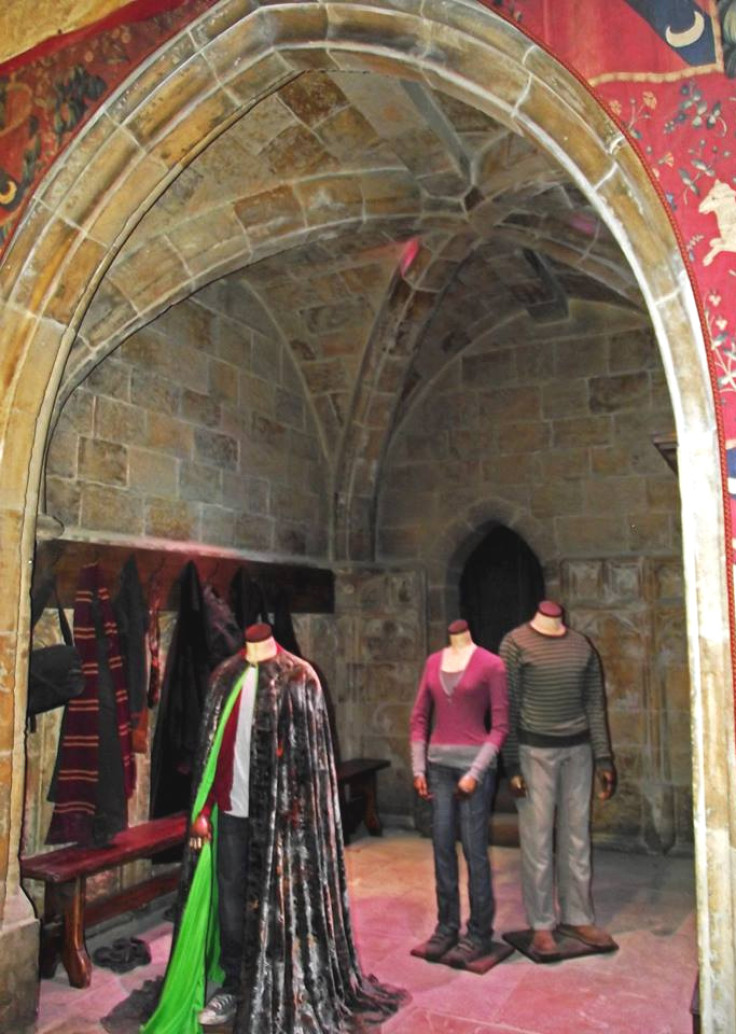Invisibility Cloak: Scientists Work out How to Print Larger Pieces of 3D Metamaterial

Researchers have made a breakthrough in the development of invisibility cloaks by figuring out how to print larger pieces of 3D metamaterial.
Their research paper, entitled "Negative Index Materials: Materials Selections and Growth Conditions for Large-Area, Multilayered, Visible Negative Index Metamaterials Formed by Nanotransfer Printing" is featured in the March edition of the Advanced Optical Materials journal.
So far, scientists have been able to use nanotechnology to create artificial nanostructures called "metamaterials" that are able to control and bend light around an object so that it appears invisible.

The problem is that it is difficult to produce enough of the material to make an actual invisibility cloak like the one owned by Harry in the Harry Potter films.
The artificial nanostructures currently measure in the microns, which is less than a single millimetre.
Using nanotransfer printing, the researchers were able to develop a larger swath of multilayer 3D metamaterial. Silver and dialectic composite films were stacked together in a 3D architecture that enables the material to precisely control the propagation of light.
"Such large-area fabrication of metamaterials following a simple printing technique will enable realisation of novel devices based on engineered optical responses at the nanoscale," said Debashis Chanda, an assistant professor at UCF leading the team of researchers.
Over time, the researchers hope to be able to produce large-area metamaterial that would be able to absorb light and could be used to cover fighter jets so that they can remain invisible from detection systems.
The researchers come from UCF, the University of Illinois, Photronics Inc. and the Sandia National Laboratories.
In case you're wondering, this research is for real, but there is an April Fool's Day spoof called the Invisible Morphsuit by Scottish company AFG Media going round the web which costs £999.99.
© Copyright IBTimes 2024. All rights reserved.






